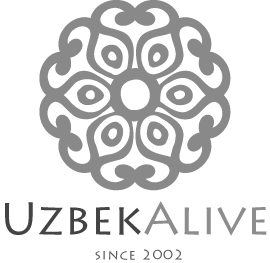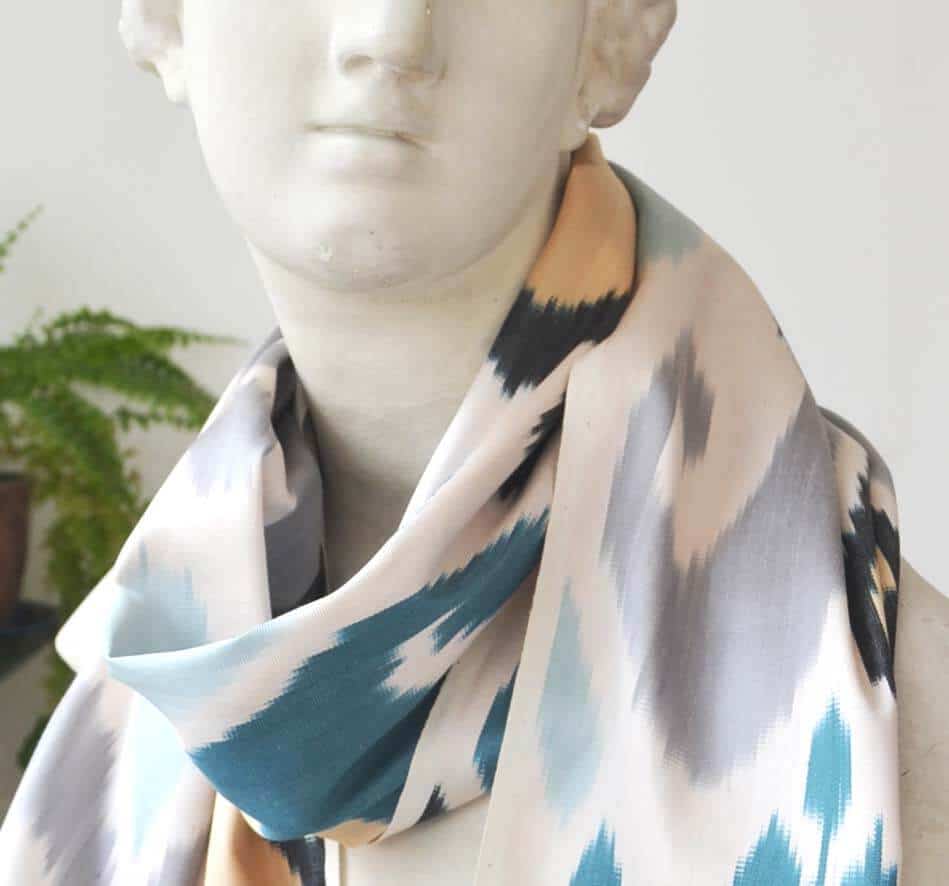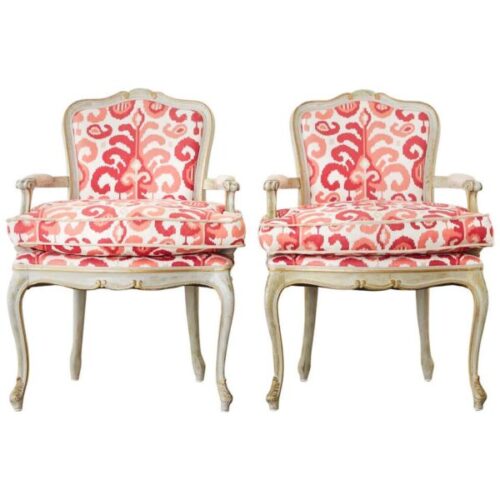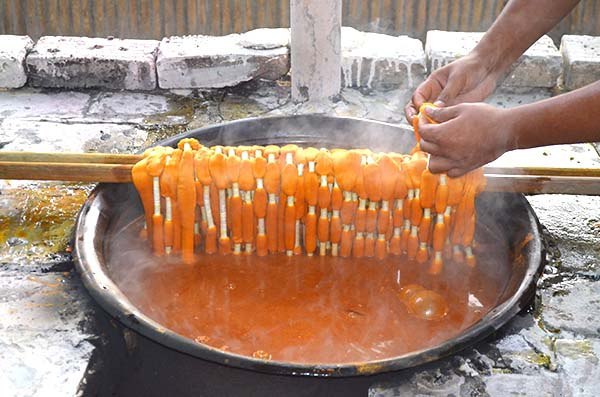5 Things You Should Know Before Buying Ikat Fabric
Ikat fabrics have become the latest buzz in the world of fashion and home decor, catching the eyes of those who crave a blend of tradition and style. However, diving into the ikat trend and buying ikat fabrics without a proper understanding of what you're getting into can lead to surprises. This article serves as your friendly "ikat fabric buyer beware," aiming to arm you with essential insights before you invest in these textiles. Please note that everything we cover in this post applies to ikat fabrics made in Uzbekistan. So, let's unravel the ikat mystery together.
1. Ikat Fabrics and their Narrowness
One of the characteristics of ikat fabrics from Uzbekistan is their distinctive width. These textiles typically measure between 40-50 cm (approximately 16-20 inches for our imperial friends). This specific range of width is not a random choice. It is a direct reflection of the limitations imposed by the traditional handlooms on which these fabrics are meticulously woven. We have a blog post specially dedicated to this aspect of Uzbek ikat fabrics. Due to these constraints, for projects requiring more expansive pieces of fabric, you'll find it necessary to join together multiple strips of ikat, ensuring the ikat patterns align seamlessly.
Ikat fabric for upholstery: 3 examples of pairing antique chairs with ikat fabrics
Ikat fabrics are widely used for upholstery. They are “go to” fabric when it comes to creating Boho Interiors with subtle and not so subtle ethnic touches. Using ikat fabrics also creates amazing results when ikats pair with antique and
What is a difference between “ikat fabrics” and “ikat print fabrics”?
We often come across fabrics defined as “Ikat print fabrics” which leaves us a bit confused. What in the world is Ikat print? How is it different from Ikat fabric? These are questions we would like to cover in this post and hopefully clarify the difference.
Let’s start with Ikat terminology. Wikipedia defines Ikat as follows:
“ikat is a dyeing technique used to pattern textiles that employs resist dyeing on the yarns prior to dyeing and weaving the fabric. In ikat the resist is formed by binding individual yarns or bundles of yarns with a tight wrapping applied in the desired pattern (ikat means "to bind" in the Indonesian language). The yarns are then dyed. The bindings may then be altered to create a new pattern and the yarns dyed again with another colour. This process may be repeated multiple times to produce elaborate, multicolored patterns. When the dyeing is finished all the bindings are removed and the yarns are woven into cloth”
As you can see the ikat making process is as follows: 1) bind, 2) dye and 3) weave.



